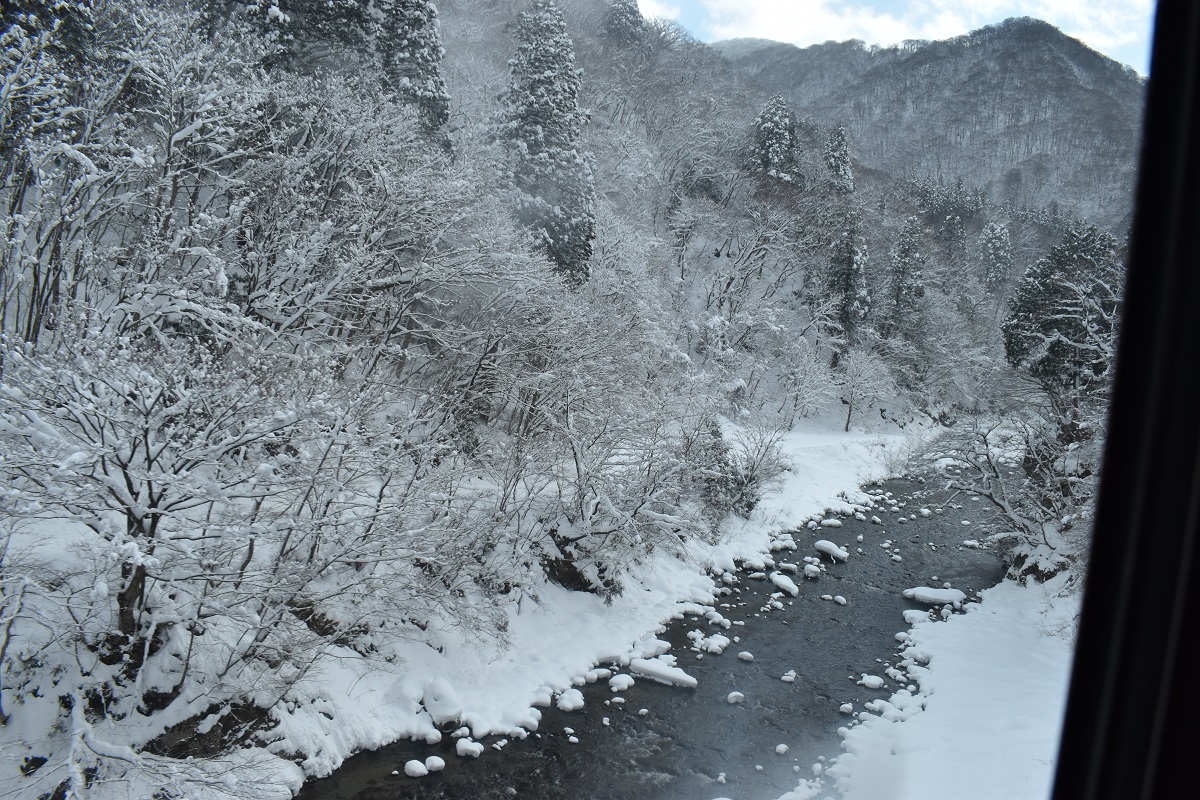Konpira-san has a strong character of the god of sea routes, but in the feudal era when people were prohibited from moving from distant regions, they were allowed to visit Konpira. It is said that Konpira pilgrimage became very popular in the Edo period because no one could reach the main shrine unless they climbed 785 steps on their own, and because rumors were exaggerated after the people who visited the shrine returned home.

It is said that those who could not go by themselves wrapped money, goods, and addresses around their dogs, and entrusted those who went to the shrine to visit with their dogs. If the entrusted person gave up on the way, it is said that he entrusted the dog to another person who was visiting. This is a surprising system because it is close to the idea of modern Internet protocols.
Before starting the climb, first fill yourself up with “Sanuki Udon”. Shrines are often decorated with wooden sacred horses, but here there are two real horses that are not ornaments. In addition, perhaps to pray for safe navigation, even a large screw is decorated.

If you count the stone steps up to the main shrine, there are 786 steps. However, when the number is read in Japanese, it becomes “worry”(Na-Ya-Mu in Japanese), and it is bad luck even though you came to the shrine. Therefore, inserting a stone stair that goes down one step to make a total of 785 steps is a very Japanese solution. It’s a people who likes puns. I don’t know where to go down one step when I’m dazed, but if I know in advance that I’m going to go down one step somewhere on the long stone steps, I feel nervous and have a little fun.

A similar story can be found at the 2446 stone steps on Mt. Haguro Shrine in Yamagata Prefecture. Here, masons engraved something on the stone steps and mixed and matched stylishly designed stones to make you look forward to discovering them. It makes me happy that Japanese people have had that kind of sense for a long time.
When you climb up to the main shrine, you will be so impressed by the view of the Sanuki Plain from there that you won’t even care about visiting the shrine (it’s a lie). Beautiful cone-shaped small mountains are scattered in the flat plain, and this looks like small Mt.Fuji. I believe that people who visited the shrine in the Edo period must have spread playful rumors that they could have seen “real” Mt.Fuji from Konpira.



The Shoin in the middle of the stone steps was the residence of Shinto priests. This was where the high-ranking people visited, and in the room for visitors, you can always see the fusuma paintings of Maruyama Ohkyo and others. The purpose of this travel is Jakuchu’s fusuma painting, which is extravagant because it is in the private room of the priest. It is said that Jakuchu sent this to celebrate his inauguration as a Shinto priest, partly because the Shinto priest at the time had learned painting from Jakuchu. How cool is that? In addition to Jakuchu, there are wall paintings of countless butterflies by Gantai, and their detailed expressions make me stare at them. I hope it will be published again someday.
https://www.nhk.or.jp/takamatsu/jakuchu/index.html
NHK Kagawa is filming the video, so you may be able to watch it on NHK’s favorite rebroadcast (archive). There are many rebroadcast programs in recent years. Even though I pay the same amount of NHK subscription fees, the number of broadcasting channels seems to be decreasing.
























